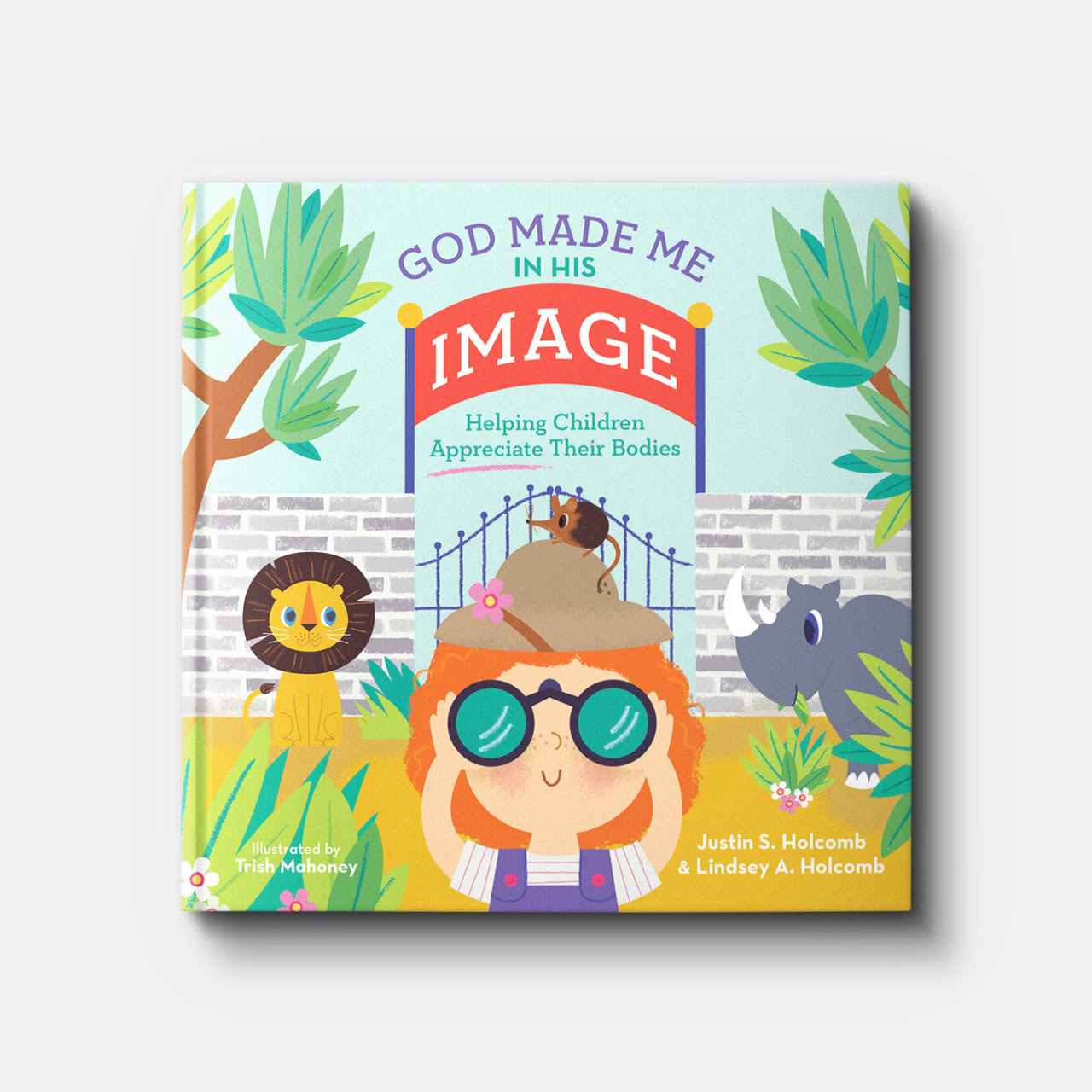Anchored Hearts
and Surrendering Control by Julie Arduini
My
tagline is “Encouraging you to find freedom in Christ by surrendering the good,
the bad, and---maybe one day---the chocolate.” When I write, there is always a
surrender issue and a chocolate mention. As I grow in the craft, I’m learning
that the surrender starts with me.
A
few years ago, I had an idea to write a series about sextuplets who stay in the
national spotlight after tragedy. I researched. I took notes. I started to
write. Then a Christmas project came along that I had always wanted to be a
part of.
Two years ago. I
returned to the series. I started over. I revised. Then our daughter and I
started a new series for young teen girls and women of all ages. I tried to
return to the sextuplets, but we wrote two books of three for Surrendering
Stinkin’ Thinkin’.
Then the
quarantine hit. It felt like the perfect time to return to what I was calling
Surrendering Opinions. Then my daughter reminded me we still had You’re
Brilliant to write to wrap up our series. Once that was finished, we had
home repairs to tackle. A family reunion. Then my mom became ill and I left
home to care for her. When I came back home to catch up, I still had to return
for her appointments. Then came the holidays.
And a week later,
Mom passed away.
That series is now
Surrendering Hearts featuring the Hart sextuplets. Releasing the first
book, Anchored Hearts, took a surrender that nearly broke me. The heroine,
Jordyn, likes to be in control, or thinks that she is. One thing after another
changes and she spirals. I had no idea that would be MY story. It took
transition, loss, and grief to bring me to a place where I had to admit I
wanted to hold the reigns to a life only God can.
With that kind of
healing, I’m such a fan of Jordyn’s because I get why she is the way she is.
The oldest sextuplet, she’s put it on herself to take care of everyone around
her. Now that the sextuplets are in their twenties, they are grown and finding
their own identities. Jordyn’s not quite ready to let them go. When Spencer
Collins enters the pictures, he relates to her. They share grief, and loyalty
to family. Yet he has an issue he can’t control. And it’s the one thing keeping
Jordyn away.
I adore the Hart sextuplets and look forward to telling all their stories. I hope you will check out Jordyn in Anchored Hearts and find encouragement in her surrender journey and chocolate drawer along the way.
Can two go-getters surrender their need to control and find a happily-ever-after?
Jordyn Bell Hart
succeeds in everything she does. Her promotion to morning show co-anchor
blossoms her career in the same way her mother’s work had. Jordyn keeps tabs on
her family and enjoys helping them grow. When life around her starts to change,
can she surrender her desire to control?
Spencer Collins
knows how to balance a busy life. He has his work as a reporter, his time
caregiving for his grieving father, and looking out for his little brother.
When he learns he’s the new co-anchor of a morning show with Jordyn Hart, can
he handle working with a celebrity who brings a lot of challenges to life on
and off the set?
Christian
Romance/Clean & Wholesome
Free Kindle
Unlimited
Kindle: https://www.amazon.com/dp/B09XH1KVXD
Softcover: https://www.amazon.com/Anchored-Hearts-Julie-Arduini/dp/1733687645/
Julie Arduini loves to encourage readers to find freedom in Christ by surrendering the good, the bad, and ---maybe one day---the chocolate. She’s the author of the new contemporary romance series SURRENDERING HEARTS (Anchored Hearts, Repairing Hearts, +four more.) Her other romance series is SURRENDERING TIME (Entrusted, Entangled, Engaged.) She also co-wrote a YA series with her daughter, SURRENDERING STINKIN’ THINKIN’ (You’re Beautiful, You’re Amazing, You’re Brilliant.) Her stand-alone romances include MATCH MADE IN HEAVEN and RESTORING CHRISTMAS. Julie maintains a blog at juliearduini.com and participates in the team blog Christians Read. She resides in Ohio with her husband and daughter. Learn more by visiting her at http://linktr.ee/JulieArduini.
.

















.png)